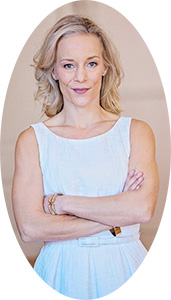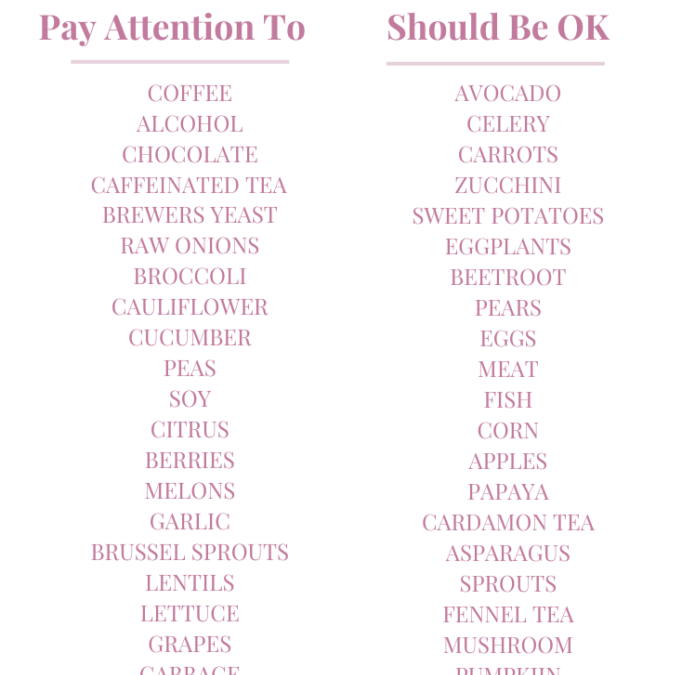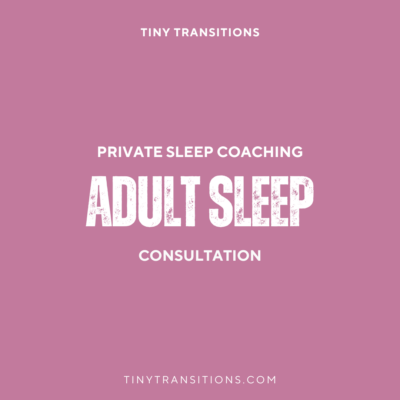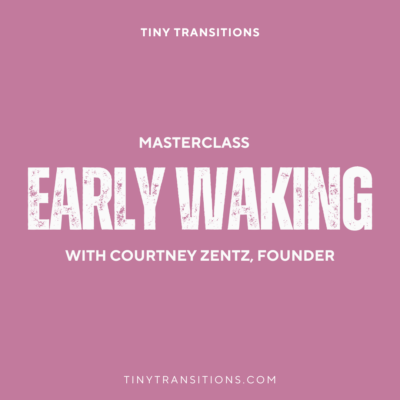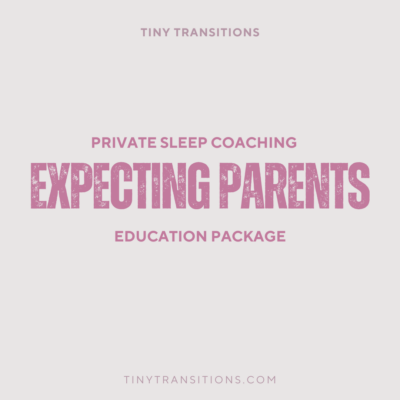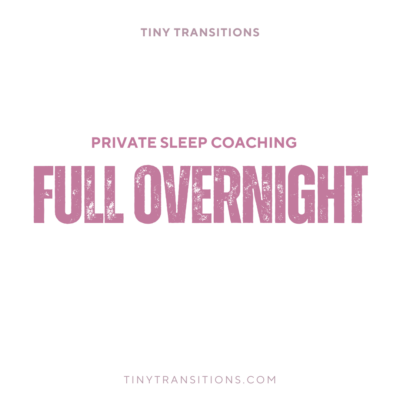As a parent, it is normal to worry about every little detail regarding your child’s sleep schedule. One important aspect of their sleep schedule is knowing when they should be awake. Understanding wake windows can be the key to a well-rested baby and less stress for you as a parent. Wake windows are the time period between naps for a baby or toddler. In this blog post, we will look at what wake windows are, why they are important, how to calculate them, and much more.
What are wake windows?
Wake windows are time period between a baby or toddler’s nap when they are awake. The length of the wake window depends on the baby’s age and individual sleep needs. It is essential to understand the length of your baby’s wake window because it affects their sleep and overall mood throughout the day.
Why are wake windows important?
Wake windows are important for your baby’s development and mood. When a baby or toddler stays awake for too long, they may become overtired, making it harder for them to settle down to sleep. Conversely, if your baby naps too often, they may not be tired enough to sleep through the night. Understanding wake windows ensures that your little one is getting the correct amount of sleep they need to be happy and on track developmentally.
Do hormones impact sleep when wake windows are wrong?
Yes! Sleep hormones are crucial in regulating the sleep-wake cycle, even in babies. Let’s take a closer look at four important sleep hormones in babies: adenosine, cortisol, adrenaline, and melatonin. These hormones work together in a complex dance, influencing a baby’s ability to sleep. Changes in hormone levels can impact their sleep patterns and overall sleep quality. So first, let me explain each, then, let me take a minute to show you visually what happens.
- Adenosine: Adenosine is a neurotransmitter that gradually builds up in the brain throughout the day. As the levels of adenosine increase, it signals the body to feel more tired and promotes sleepiness. In babies, adenosine levels are typically higher during the evening and night, making it easier for them to fall asleep.
- Cortisol: Cortisol is a hormone that helps regulate the body’s stress response. In infants, cortisol levels are generally higher in the morning and lower in the evening. This pattern aligns with their natural circadian rhythm, allowing them to wake up more easily in the morning and wind down towards bedtime.
- Adrenaline: Adrenaline, also known as epinephrine, is a hormone that triggers a “fight or flight” response in the body. In babies, adrenaline levels tend to be higher during times of excitement, stress, or discomfort. If a baby becomes overly stimulated or experiences anxiety, their adrenaline levels may rise, making it harder for them to relax and fall asleep.
- Melatonin: Melatonin is often referred to as the “sleep hormone,” as it helps regulate the sleep-wake cycle. Melatonin levels naturally rise in the evening when it gets dark, signaling to the body that it’s time to sleep. In babies, melatonin production starts around 2-3 months of age, gradually increasing and peaking during the night, promoting longer periods of uninterrupted sleep.
These hormones work together in a complex dance, influencing a baby’s ability to sleep. Changes in hormone levels can impact their sleep patterns and overall sleep quality.
How do I calculate my baby or toddler’s awake time?
Your baby’s wake window depends on their age. As a general rule, newborns need to nap around every 1-2 hours, whereas toddlers may have wake windows up to 5 hours. To calculate your infant’s awake time, add the total hours your infant needs to nap and feed daily. After totaling their daily sleep needs, subtract that number from 24 (the total number of hours in a day). The result is a rough estimate of your baby’s awake time.
Do wake windows include feeding?
Yes, wake windows include feeding time. When you wake your baby in the morning, you start the clock for their wake window. Once they finish their feed, the clock continues until their nap time. I like to maximize intake in the day, so that sleep is also maximized at night. Babies need 24-32oz of milk, breast or formula in a given 24 hour period for optimal health. When baby is old enough {the general rule of thumb is six months, but can be much sooner in some babies, and they have the ability to settle without you helping} they will sleep through the night. A sample feeding schedule for a breast or formula-fed baby looks like this:
Now, does that mean not ever feeding a hungry baby off schedule? No, so haters can go away. What I am saying is that most times we are feeding because “something else” is off. Baby is fussy – Are they hungry? Baby is crying – Are they hungry? Baby just woke from a nap – Are they hungry?
In most instances in my private sleep coaching, clients that feed on demand tell me their baby is showing signs of colic. {Load of crying late afternoon to evening.} When I ask if they are fed on demand, every one of them says yes, and when we adjust to a better schedule {above} – magic sleep follows suit. They nap better, eat better, wake refreshed, colic goes away and everyone is better balanced in the daytime and overnight.
What should we do during a wake window? How do we stretch wake windows?
During the wake window, parents should engage their baby or toddler in activities such as reading, singing, or playing. To stretch wake windows, you may have to experiment with the activities that interest your baby. We love using the sunlight for natural Vitamin D – even if spending time with baby looking out the window. It can help to regulate their clock and vitamin D levels.
A bath, even when it’s not bedtime, can be a fun, stimulating activity for when you are trying to stretch awake windows and can also be a nice wind-down activity when you are trying to get baby to sleep. Doing things like infant massage with our friends over at Khalmi can help. By stretching wake windows, your baby or toddler will be tired enough to sleep better because they will have the right level of adenosine {sleep pressure} as explained at the start of the blog.
How do I find the right wake windows for my baby? What are a baby’s wake windows by age?
- Newborns: 45 minutes-1 hour
- 1-2 months: 1-1.5 hours
- 2-3 months: 1.5 hours
- 3-4 months: 1.5 – 2 hours
- 5-6 months: 2-3 hours
- 7-8 months: 3 hours
- 9-12 months: 3.5-4.5 hours
What are a toddler’s wake windows by age?
For toddlers, their wake windows will be longer than infants. The following are guidelines for the length of wake windows for toddlers by age:
- 12-18 months: 5-6 hours
- 18-24 months: 5-7 hours
- 2-3 years: 6-8 hours
How will I know if the wake windows are right?
After finding the right wake window length for your child, you will notice they will be more comfortable falling asleep during nap time and at night. Your little one will seem well-rested and happy when they wake up, and overall, they will have a much more manageable sleep schedule. After 3-4 months old, a baby should be taking longer and more consistent naps in the day, leading to a more consistent bedtime.
Mastering wake windows for your baby or toddler can start with a bit of help from this blog. By keeping wake windows in mind when planning your baby’s day, you’ll be able to help them get the sleep they need without feeling constantly overtired. While finding the perfect wake window length might require some experimentation, the results are well worth the effort. Remember to pay attention to your little one’s individual needs, as each baby is unique. You can create a reliable and healthy sleep routine for your little one with persistence, patience, and understanding.
Struggling to get things in order? We can help – let’s connect and discuss the best option for your struggle.


